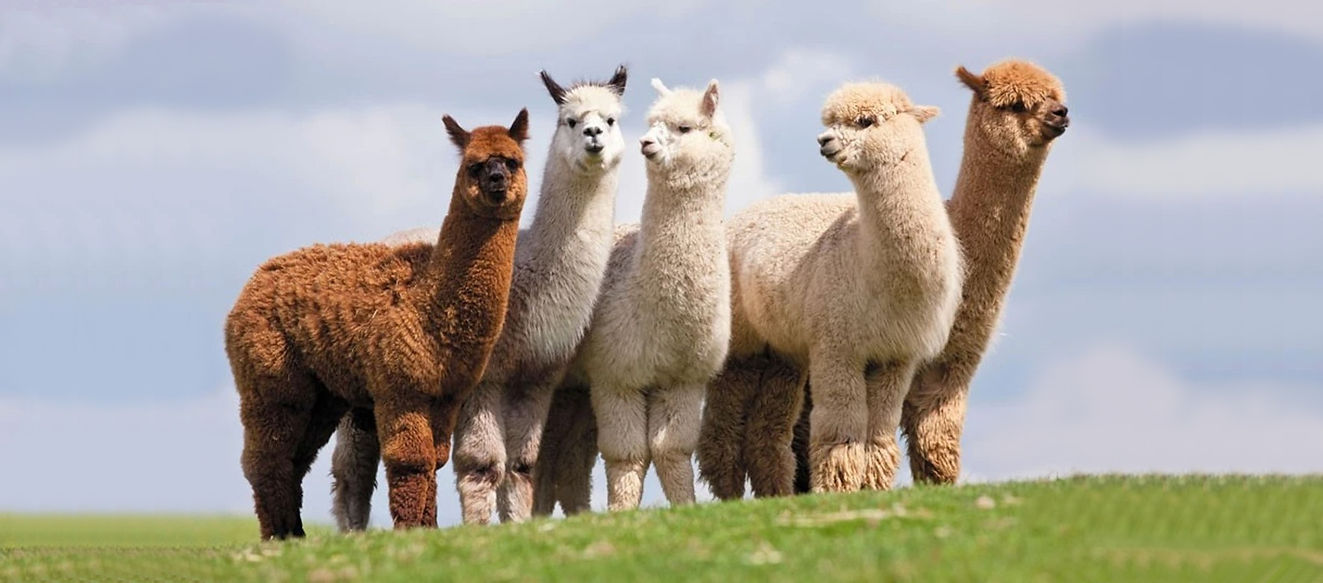Shearing Tips
- Rhonda Amen
- Mar 12, 2018
- 2 min read
Making good decisions about all aspects of shearing can reduce stress, yield more profit with your harvest and reduce the cost of doing business! In the next few newsletters, I will share some tips to help you have a successful harvest.
First and foremost, be sure your shearer fits your needs. You want to work as a team. We are assuming that your shearer is experienced with the equipment and animals, and that the tools (such as the shears and ropes) are kept in good working condition. The shearer (and you) should also have the supplies (like medical) needed in case of a situation with the animal. Does your shearer need or have the knowledge of how to shear for a show fleece? Will your shearer need helpers or are they bringing the help they need? Will your shearer need to handle an older animal or unruly animal? Does your shearer have insurance?
Once your basic requirements are met, then you can look at the logistics of the actual shearing. If you require time to weigh, vaccinate, take accurate records, photograph, and inspect your animals yourself, be sure the shearer take the time to let you do these things. Brush, vacuum or blow the vegetation off the animal BEFORE you shear them. This saves you time and money trying to get out pesky vegetation from the fleece in the skirting process. Contamination of fleeces (mixing of fibers) due to the work area not being cleaned after each animal can result in a loss of the fleece or a change in its use (usually a lesser quality product), so be sure that they take the time to clean after each animal. Ask if your shearer knows how to noodle fleeces. This is a process in which the blanket is kept in its original shape as it comes off the animal, onto a plastic or fabric sheet and then rolled or folded to avoid the touching of fiber. This allows the fleece to stay in one piece. Noodling is essential if you are going to use the fleece as a show fleece OR if you would like to save yourself time and headaches when SKIRTING. Noodling also allows for a wet or sweaty fleece to be taken aside and dried before being rolled up and bagged. NEVER bag wet fleeces! They will become moldy and exacerbate the deterioration process. A good shearer will let you know if your animal has any kind of visible infestation such as lice or mites. Detection of these pests will allow you to get the animal treated so you can protect your harvest and the welfare of the animal.
These are a few tips that will help you with shearing. I am sure that there are more things that you might do depending on your needs are but no matter what, the shearer and you need to be a team! Take the time to visit with your shearer. Be sure that they know what your needs are and that you know what the shearer can and cannot do for you. Communication is key.
HAPPY SHEARING!


























Comments